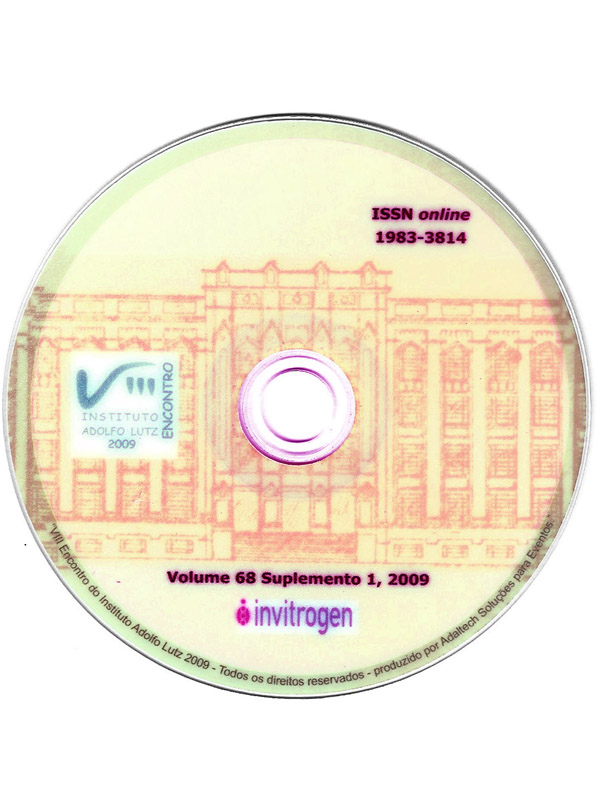Resumen
Since April 2009, human cases of respiratory infections originated by novel swine-origin influenza A virus, designated pandemic A(H1N1)v, have been detected worldwide, causing immediate international concern. In Brazil, as of 02 August 2009, there have been 2965 cases of infection and 96 deaths. Molecular epidemiology investigation was carried out in the present study in an attempt to monitoring and surveillance of the pandemic influenza A(H1N1)v in Brazil. The complete genes of hemagglutin (HA), neuraminidase (NA) and matrix (MP) were sequenced. The virus samples were obtained from clinical specimens from patients who came from the states of São Paulo, Mato Grosso and Distrito Federal. Virus isolation was performed in MDCK cell cultures. Viral RNA was extracted from the infected cells and submitted to reverse transcriptionamplification reactions with primers set designed to cover the complete segments of the HA, NA and MP genes. The amplified products were directed sequenced. Comparative sequence analysis indicated the presence of point mutations in the HA gene of the Brazilian strains when compared to the reference strain A/California/04/H1N1 (2009). These alterations do not change the all five of the known antigenic sites of the HA protein.
The canonical sites for N-linked glycosylation at NxS/T motifs were preserved among strains. Data of the MP sequence analysis revealed that the strains of this study carried the S31N mutation that confers cross-resistence to the adamantine class of anti-influenza drugs. Sequencing of the NA gene showed that the neuraminidase relative drug binding pocket represented by H274 was not altered, yielding the strains sensitive to oseltamivir. These results emphasize the contribution of molecular surveillance, in addition to antigenic characterization to monitor the evolutionary pattern of the pandemic A(H1N1)v, in order to vaccine development, and evaluation of antiviral drugs susceptibility.

Esta obra está bajo una licencia internacional Creative Commons Atribución 4.0.
Derechos de autor 2009 Revista del Instituto Adolfo Lutz
